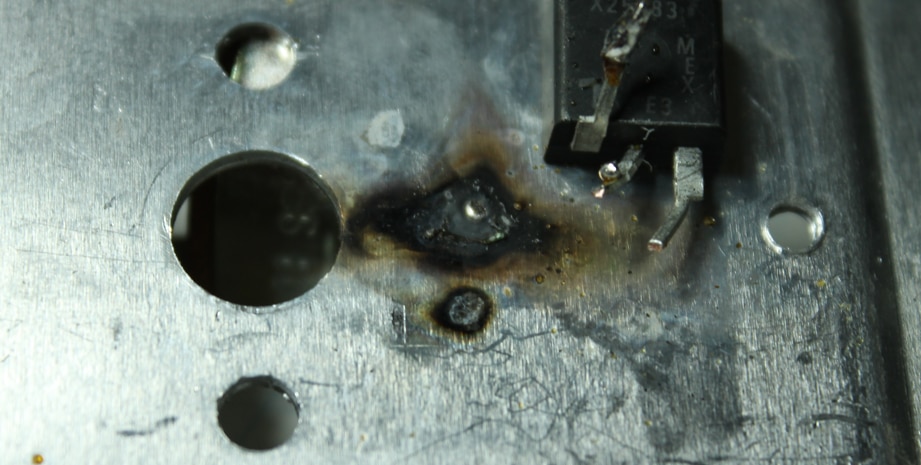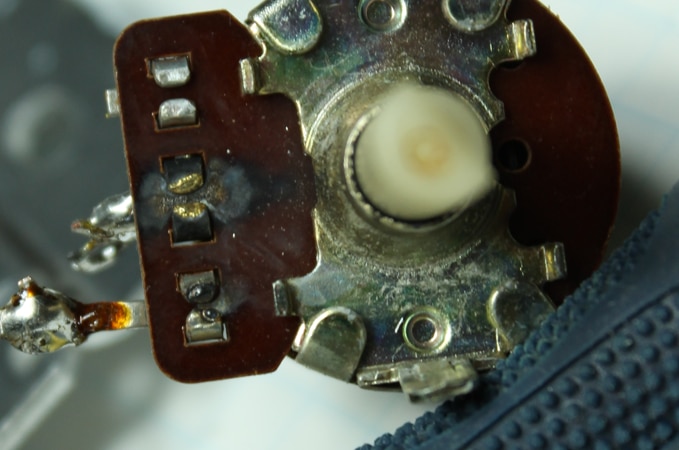Not much. The dimmer function failed and only the switch function remained functional.
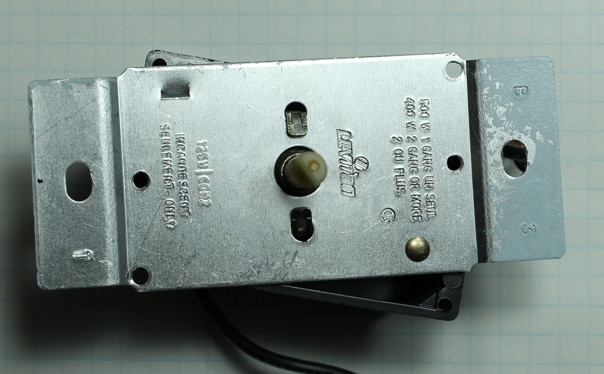
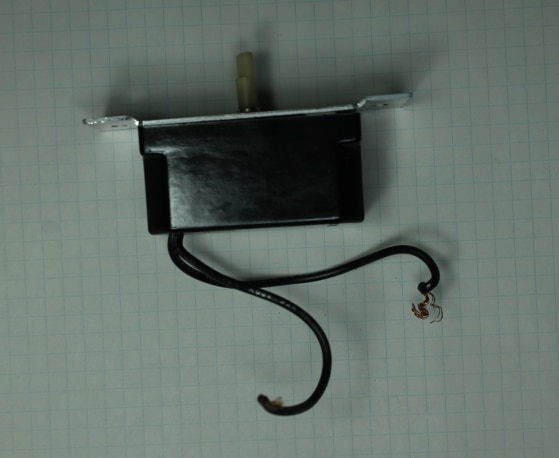
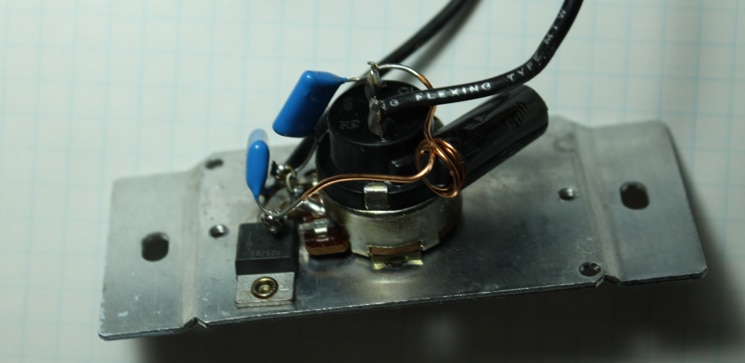

The schematic is the same as drawn by this author:

The Quadrac (an internally triggered triac, a triac + diac) failed short between all three terminals.
Searching for an X25783 datasheet led me to this,

https://images.100y.com.tw/pdf_file/31-Teccor-Quadrac.pdf
A more common brand that may be similar could be the
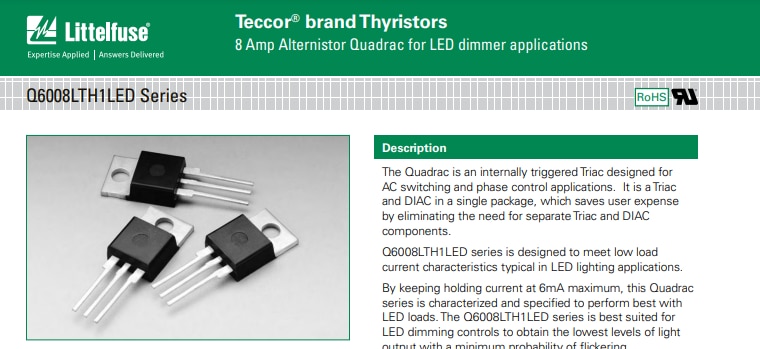
The potentiometer used as a rheostat has a switch stacked on top.
Not much inside...

